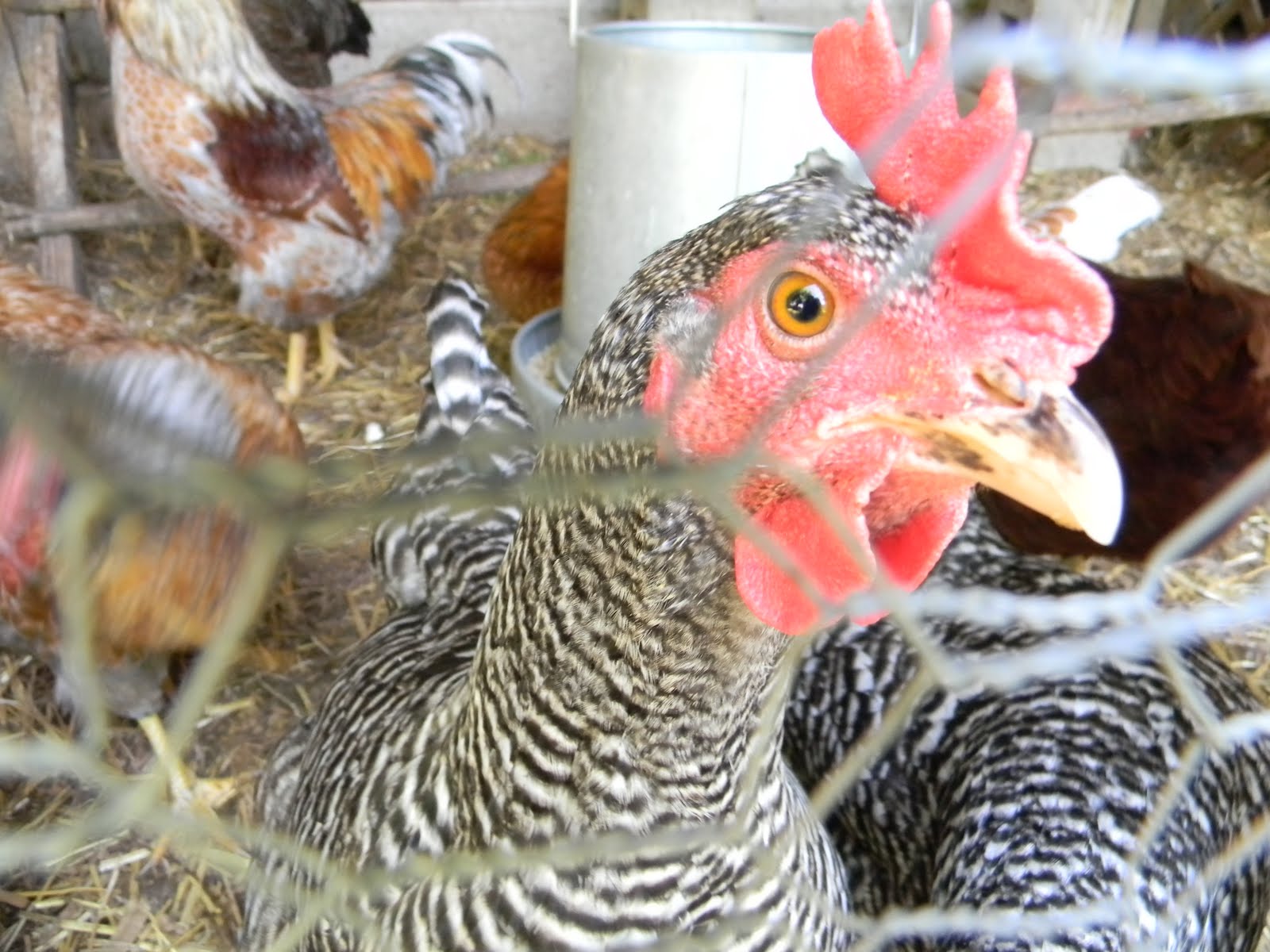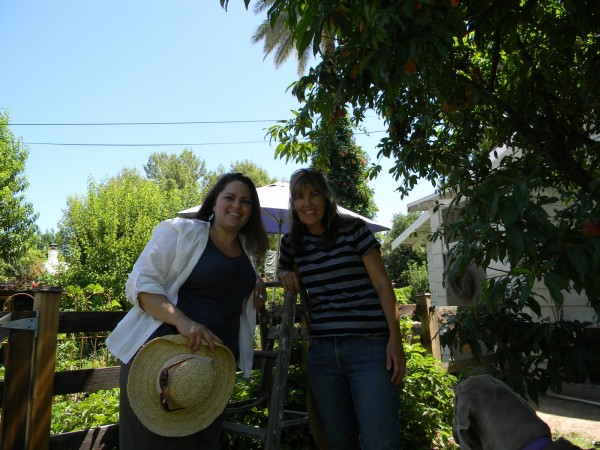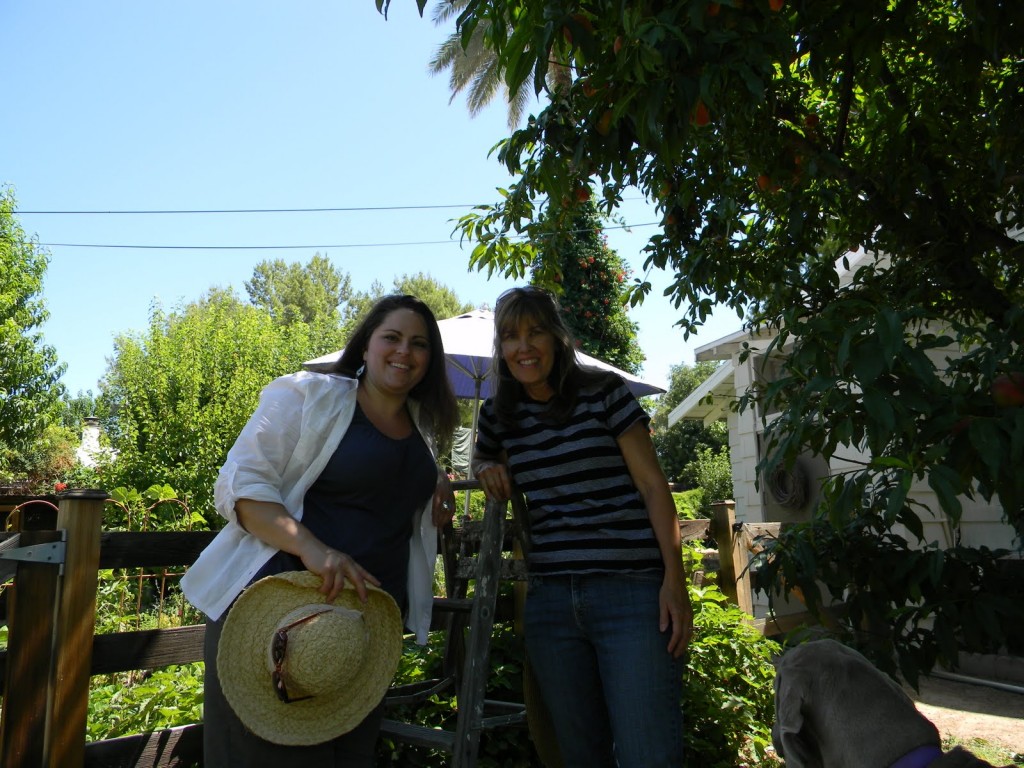Summer in Arizona is a beautiful time filled with lazy summer days, swimming pools galore, desert mountain views, golf courses and one more less attractive thing…cockroaches. Ladies and Gentlemen, a few weeks ago, I discovered more than one roach in my house within a week. If you missed this exciting installment, you can read it here. It is not an exaggeration to say I completely lost it when this happened. Then, I returned to my senses and realized that freaking out over a bug (even a creepy, hairy legged sewer monster with long antenna- aaaahhhh!!!!) is not the kind of strong womanhood that I am trying to teach my girls.
Obviously, being an ORGANIC mama, I have personal beliefs about not wanting to spray chemicals all over my house. But my aversion to roaches is so strong, I confess I went to the hardware store and bought a fogger. You must know I have never sprayed my house with pesticides in the ten years I’ve lived here (and, we’ve never before had bugs!). But the creepers had to die, right? Before spraying, I looked up the primary ingredient in the fogger, Permethrin. I discovered it is a nerve agent considered carcinogenic by some sources, depending on who you ask. See the EPA’s assessment.
I weighed the risks of a possible carcinogen against the dangers of the germs cockroaches can spread, like salmonella. And, I chose the chemical-free route, which means I did NOT fog or spray my house or call the city to ask them to bomb the sewer (though I’m sure they did anyway). The natural route takes a little longer but in the end it’s safer and create an environment that’s unfriendly to the long term habitation of creeper crawlers.
Here’s why I chose to go chem-free.
1. Immediate safety – Why would I purposely expose my kids to carcinogens or neurotoxins?
2. Immediate and future environmental concerns – Spraying more poison into our water (even the sewer) seems like a bad heritage to leave our kids. Poisons do not just dissipate in water like in a super hero movie. Their effects can last for years and unless you’re Harold Camping, you should probably assume you’ll be here to experience the ramifications.
3. Chem’s don’t guarantee the absence of bugs. Even if I did choose to spray, another roach could just crawl up the drain or through a crack I missed and we’d have to start all over again. And, if the spray is strong enough to keep killing roaches, chances are it’s affecting my family’s health as well.
4. Bugs are a natural part of life and they even touch our food. Real food (fruits & veggies) are grown in fields where little bugs and animals travel and live. Oh, and they poop and urinate on or near the plants so…I’m thinking a roach that might touch one of my dishes is not the end of the world. Does that mean I don’t wash my food? No. Not only that, I also wash my dishes before putting them away and before I use them. I’m a little psycho that way… Bwahahahahahaaa! (evil laugh)
After I returned the fogger, I turned my attention to researching my intended victims. First, I learned there are different varieties of roaches and the type can determine the approach. We found American Roaches, which are basically sewer roaches. These suckers are big – often 2″ or more and they are stinkin’ fast. They truly deserve the name, vermin.
Here are a few facts about roaches.
1. Having them doesn’t mean your house is dirty. In Arizona, they live in the sewer and come up through the drains. But, keeping your house clean will minimize any reason for them to stay!
2. They tend to live in moist places and some can live for weeks without food. They just need water.Great.
3. They can eat all sorts of things – including glue. Ugh.
4. Their eggs can contain 14-28 babies. So, if you get one female in your house, you can end up with a crowd. This is why you always hear the comment, “If you see one roach, there are hundreds more nearby.”
If chemicals can’t guarantee the absence of roaches, how can more natural methods possibly work? So glad you asked!
Natural methods of pest control use mechanical means (rather than chemical) to destroy a roach’s body and make your home an inhospitable place for them to live.
Never fear, you are not powerless!
Here are some great, natural roach fighting ideas.
1. Close points of entry.
- Cover drains & overflows – particularly at night. We just keep our drains closed all the time now.
- Caulk around toilets and drain pipes.
- Look for openings near doors, windows or outside walls and caulk or spray foam them shut
2. Eliminate any standing water inside or outside your house. This is just good advice in general – to
maintain your home and keep other little critters like mosquitoes or scorpions from finding a refuge in your space.
- Look for leaks around toilets, sinks or drains.
3. Make your home inhospitable to bugs by eliminating food sources and hiding places.
- Eliminate food sources by washing dishes immediately, wiping down counters and keeping floors clean. And don’t leave food on the counters.
- Eliminate clutter around the house – like piles of papers, toys, cardboard boxes, laundry etc. All of those things give bugs like cockroaches (also silverfish and crickets) a place to hide.
4. Utilize mechanical means of killing roacheslike dusting the powders below in the corners of cabinets, under the fridge and in the cracks by the dishwasher or oven. Be sure to use only a fine layer or they’ll go around it. Roaches like to travel the edges of walls, so concentrate there.Although these are safer means of pest control, be careful not to puff them into the air. They can irritate the lungs.
- Food grade Diatomaceous Earth (DE) – This ground fossil powder slices through the exoskeleton and kills them within a few hours. It will also kill silverfish, crickets and ants. Only buy food grade. It’s often fed to farm animals to kill parasites. It is NOT the same as what you’ll find at home improvement (these contain chemical bait) or pool supply stores. I found mine at The Western Ranchman Store. It was a huge bag for only $5 or 6.
- Boric acid – as creepy as they are, roaches constantly clean themselves. After getting this powder on their legs, they ingest it and die. The kind at home improvement stores contain chemical bait – so try buying at a pharmacy instead. It should be pure there as it’s used to create eye wash. Also, Boric acid is not the same as Borax. These terms are often (incorrectly) used interchangeably on the internet.
5. Keep a big spray bottle of soapy water handy. Big sewer roaches have been around the block, so to speak. Consequently, they are super fast and seem to know you’re after them! There is nothing I hate more than finding a bug in my house, only to have it run into a crack before I have time to grab a shoe. So, I keep a spray bottle filled with water and 1/4 c dish soap for such occasions. This concoction covers the roach and suffocates him in under a minute. The bigger ones take longer but they’ll definitely die. It’s much safer than keeping Raid around little children and faster than a shoe.
6. Consider helpers who eat or kill roaches like, cats, geckos and chickens. While you might only want cats inside your house, chickens and geckos are natural enemies of this creepy crawler. Apparently, the little white mediterranean geckos that live by our porch lights here in AZ eat roaches. Two drawbacks are that they tend to drop kamakazi-like onto lower surfaces at times (including people) and they too can carry salmonella. However, I’d rather clean up after a gecko than a roach any day.
Using most of the methods above has really helped. It’s great to know that it’s possible to tackle a pest problem without resorting to poisoning our space. I am sleeping better at night now though I am still considering adopting a baby gecko to live in my house – just for good measure.
If I missed any great natural methods of roach control (besides a shoe and a big man), feel free to comment below!



